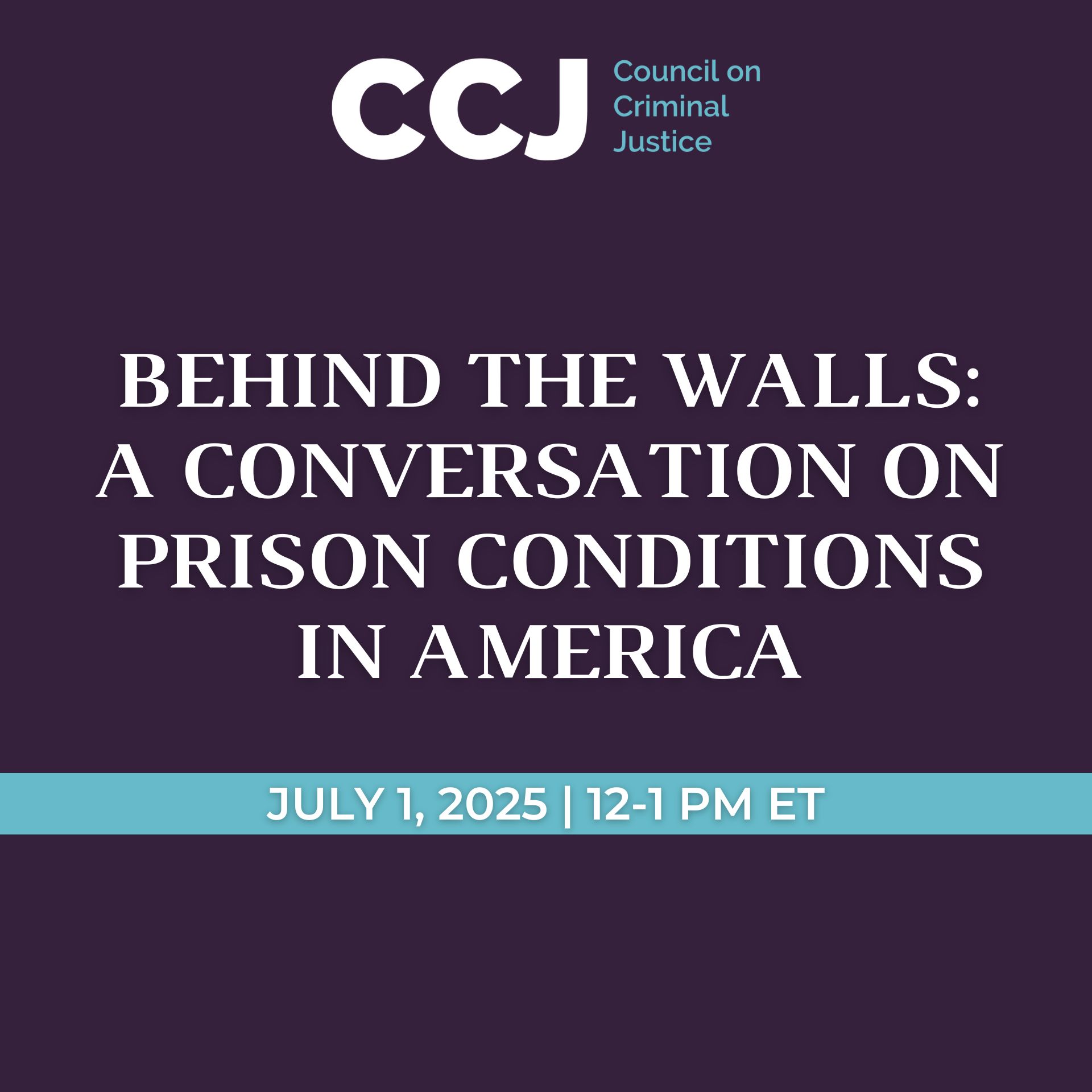COVID-Testing in State Prisons
Across the country, the coronavirus pandemic has had taken a heavy toll on incarcerated populations. High infection and mortality rates stem largely from the crowded conditions and shifting populations within prisons, along with the challenges of implementing effective mitigation strategies, such as physical distancing.
This report explores the potential relationship between COVID-19 testing rates and COVID-19 infection and mortality outcomes across the 32 state prison systems where information necessary to conduct such an analysis was publicly available. The report also describes how four states (Colorado, Connecticut, Michigan, and Vermont) conducted mass testing, and details outcomes for their incarcerated populations.
Approximately half of the departments in the U.S. attempted to test all individuals in their prisons through some form of mass, or universal, testing program. This report draws on data available as of February 16, 2021.
Findings
- As of February 16, 2021, one of every three prisoners in 32 states with available testing data tested positive for COVID-19 – more than four times the rate outside of prisons. Additionally, the COVID-19 death rate inside prisons is more than three times the community rate.
- There was substantial variation across state prison systems in testing rates. Of the 32 states, three had testing rates of 1,000 per 1,000 individuals incarcerated, or lower (less than one test per person), while six had rates of 10,000 or higher (10 or more tests per individual).
- Higher testing rates and, in particular, mass testing, especially in states that implemented this strategy early in the pandemic, likely resulted in lower rates of COVID-19 mortality behind bars. It is possible that early detection of coronavirus infections led to more and better prevention and treatment measures that improved outcomes.
- States with lower disparities between prison and community death rates tested prison residents at rates that were nearly double those of states with higher prison/community disparities. Positivity rates for lower-disparity states were almost half as high.
- States that did not use a mass-testing strategy for their incarcerated populations had COVID-19 death rates among incarcerated people that were nearly eight times the death rate for non-incarcerated populations similar in age, gender, and race/ethnicity. This disparity was cut in half in states that implemented a mass testing strategy.
- Four states that carried out mass testing – Colorado, Connecticut, Michigan, and Vermont – varied in their specific protocols but had relatively good COVID-19 outcomes compared to other state prison systems.
- Taken together, the evidence suggests that more testing, early testing, and early mass testing may have been strategies that helped states achieve lower rates of COVID-19 mortality behind bars, although causality cannot be conclusively established.



